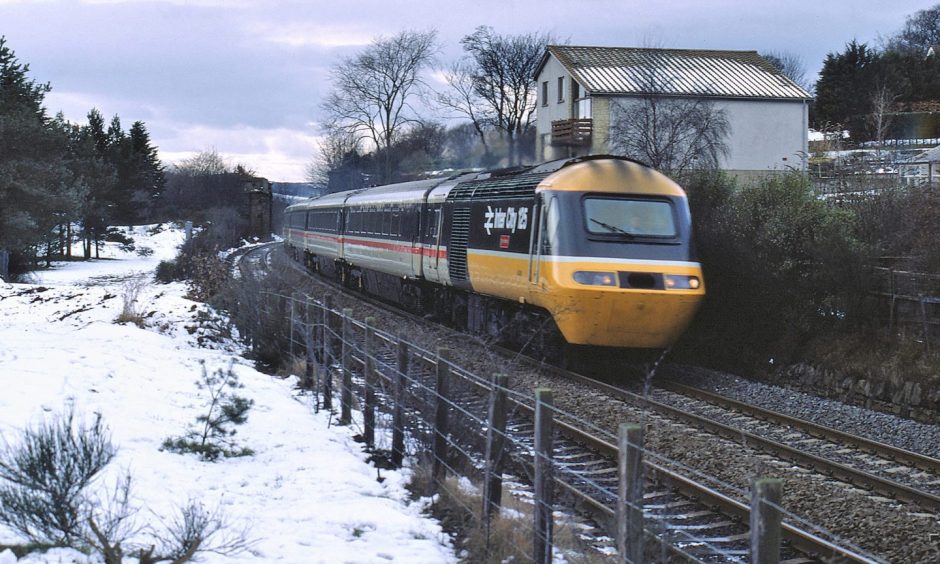
Jump aboard as these chilly snaps take us on a train journey through winter in the 1970s and 1980s in and around Dundee.
They feature landscapes cloaked in snow in the British Rail era.
You can almost smell the diesel fumes.
The photographs were taken by Scott Cunningham from Dundee.
Scott is a member of the Angus Railway Group.
He has chronicled life on the tracks for the past six decades and became adept at braving harsh winter conditions in pursuit of diesel locomotives.
How do you take the perfect train picture?
Scott said rail photography is not a walk in the park when the snow gets deep.
“When it is snowing the light is invariably bad so there has to be an element of adjustment,” he said.
“Equally so in bright sunshine following a snowfall.
“The white requires some form of compensation.
“I think snow always provides photographers in general with a completely different scene to shoot, and puts an alternative complexion on the landscape.”
Worst snow since 1947
Class 101 Diesel Multiple Unit arriving at Dundee in February 1978.
Dundee was shivering in the grip of one of the worst blizzards since 1947, which brought traffic to a halt and closed airports and schools.
British Rail services from Dundee were hit by multiple cancellations.
Perth Station Pilot
Perth Station Pilot Class 08 shunter 08725 going past the former Kestrel Marine workshop in the yard at Dundee in January 1979.
There was a sustained cold spell between January 8 and February 22.
This is now the main road past the station at Dundee.
Dundee was engulfed by blizzards
On January 11 1979, Class 47 No 47026 comes into Dundee with the 09.35 Glasgow Queen Street to Aberdeen.
The rail network was plagued by severe frosts and heavy snowfalls.
Lows of -9.4C were recorded in Dundee two days after this picture was taken.
The Big Freeze of 1979
Class 40 40034 arriving at Dundee with the 10.44 Glasgow to Dundee service on January 11 1979.
January 1979 was bitterly cold with freezing fogs and raw winds.
Scott shrugged off the chill and said this is one of his favourite snow shots.
‘A good month for snow shots’
A Class 40 heads a northbound train at Dock Street in January 1979.
The bridge across the railway line and the dual carriageway is still there and the old Yorkshire Imperial Metals premises can be seen on the right.
“It seems to have been a good month for snow shots,” said Scott.
Freightliner
Class 47 47269 at Dundee with a northbound Freightliner service for Aberdeen on January 11 1979.
The Freightliner network replaced the wagonload system.
Dundee’s Freightliner terminal was constructed in 1973 and closed in 1987.
Monifieth
The 12.30 Aberdeen to London Kings Cross InterCity 125 passes Monifieth in the snow of January 14 1979.
British Rail advertised the sleet and snow as “just the weather for a trip by train”.
Passengers let the “train take the strain” while snow ploughs had to clear miles of roads blocked by snow and the AA handled more than 2,000 breakdown calls.
The Winter of Discontent
Climbing out of the Dock Street tunnel on January 15 1979 is Class 40 No 40165 with an express for Aberdeen.
The following day there was snow on the tracks but no trains.
Train drivers staged the first in a series of 24-hour strikes and walked out in support of wage demands, which halted all passenger services.
They held four one-day strikes over the course of the month.
Tay Rail Bridge
A diesel unit climbs on to the Tay Bridge on March 19 1979.
This was the calm before the storm, after police described scenes of “pandemonium” following blizzards which struck on March 22.
Over the years, very little has changed in this striking scene.
Class 47
A train for Glasgow departs Dundee with a Class 47 leading in the early 1980s.
Class 47 was the all-purpose workhorse locomotive of the diesel era.
No 47550 was named University of Dundee by British Rail in 1982.
The Tay Road Bridge provides the backdrop.
Camperdown Junction
Class 08 shunter No 08761 on a tunnel inspection train at Camperdown Junction signal box in this scene from March 23 1980.
The remains of a snowfall are lying on the tracks alongside the train.
Camperdown signal box closed in 1985 and was demolished.
Vanished view from Barnhill
Scott said: “A somewhat battered Class 101 unit at Barnhill on March 16 1985, passing the Forfar branch bridge abutments.
“You can’t take similar shots now due to the high fence and vegetation growth.”
The bridge formerly carried the branch line from Dundee to Forfar, which closed to passengers in May 1954 and freight traffic in 1967.
Carolina Port
A 1980s shot of a Class 101 Diesel unit at Carolina Port.
The diesel engines were the first replacement for steam engines in Scotland, including 30 which were delivered to Dundee from May to July 1958.
ScotRail finally withdrew its last eight Class 101 units from service in 2000.
Dock Street
Another March 1985 photograph showing a local train departing Dundee in Dock Street at the Camperdown Junction.
You can make out a sign on the garage building advertising a free tracking check.
The level crossing off East Dock Street was blocked off a few years ago.
Roodyards Bridge
A Class 101 diesel unit is about to pass under Roodyards Bridge during a late flurry of snow at Carolina Port on March 30 1985.
Heavy overnight snow brought chaotic road conditions and wiped out the football calendar, although Dundee United’s game against Aberdeen did go ahead.
Train lines were passable for supporters travelling to Pittodrie.
It turned into the Tracks of My Tears for the Arabs with United defeated 4-2.
It is the final image in Scott’s gallery of winter scenes from the 1970s and 1980s.
A lifelong passion still burning strong
Scott has never lost the passion that fuelled him at first as a young boy.
He is still an active photographer.
Through his lens, Scott has documented the transformation of Dundee’s railways from the grandeur of the steam age to today’s diesel and electric locomotives.
In all conditions, seasons, and times of day.
“Of course, it’s not great to be out standing at the side of the railway waiting for trains in heavy snow, but the results of perseverance can be worthwhile,” he said.
“Sometimes you just have to be dedicated.”
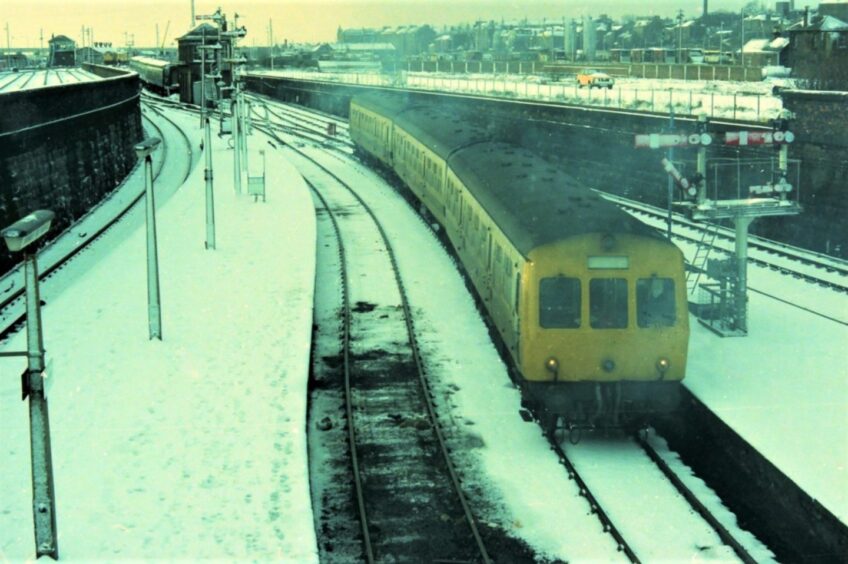
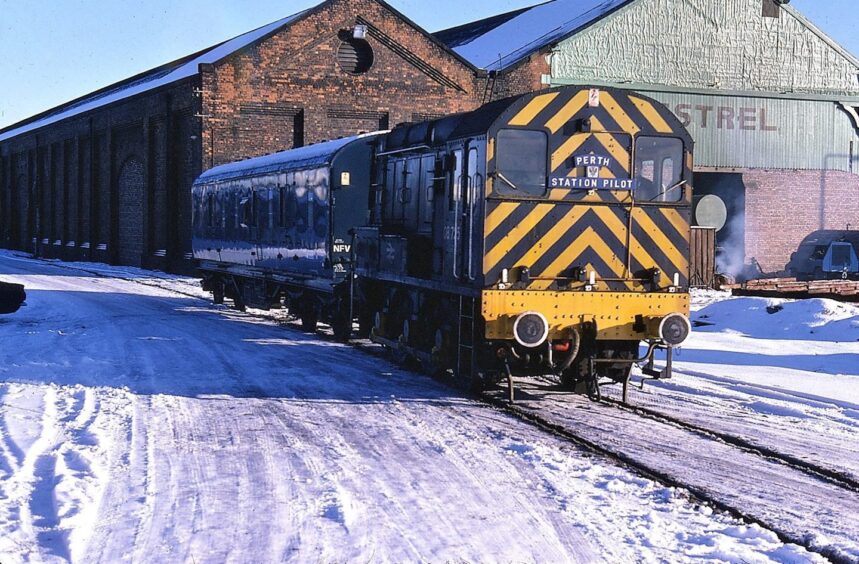
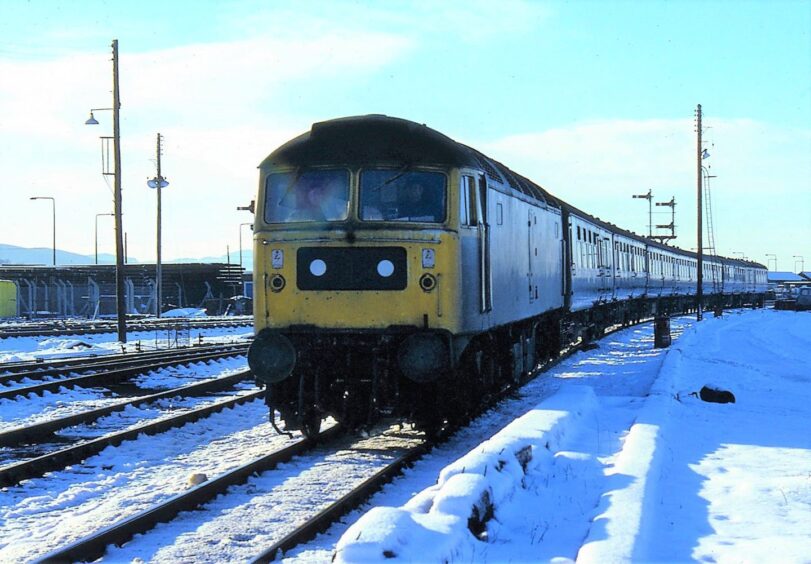
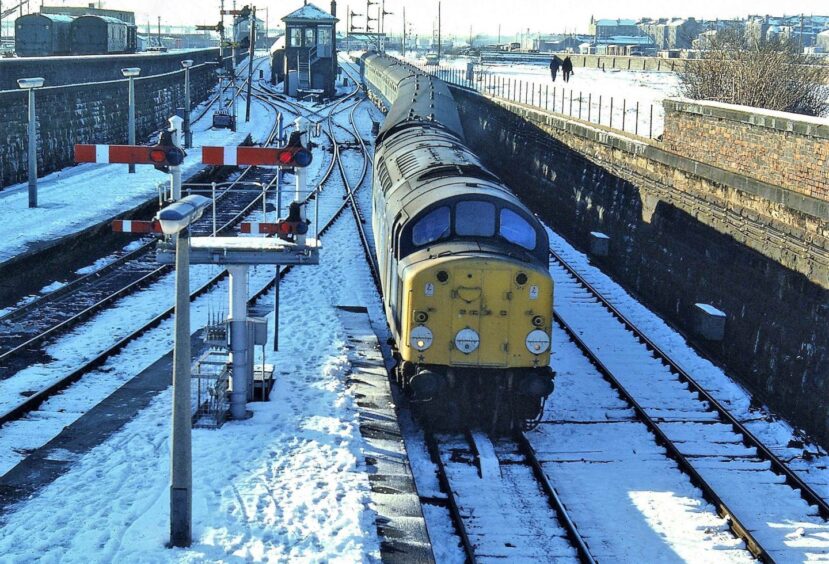
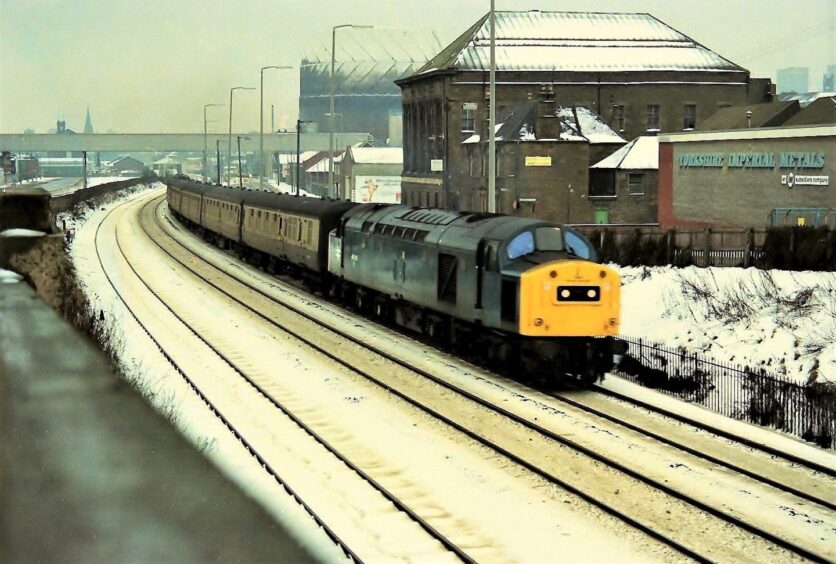
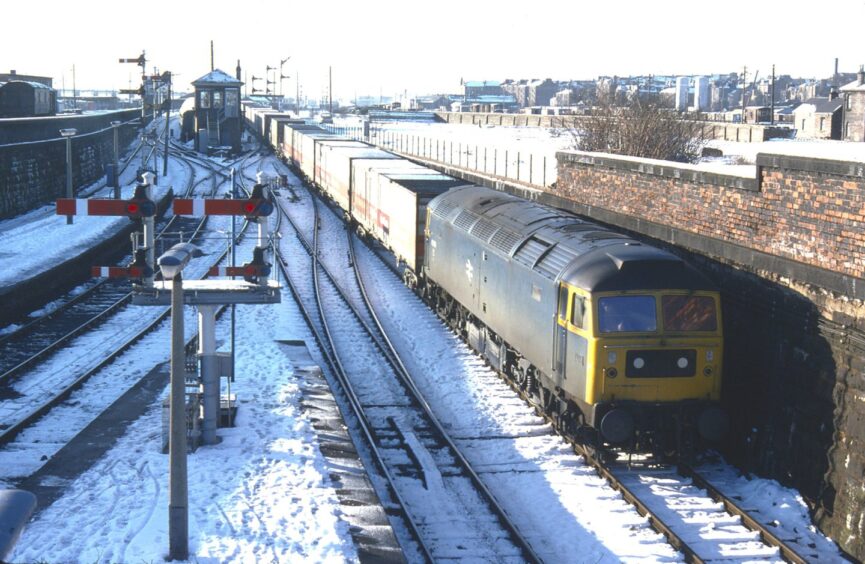
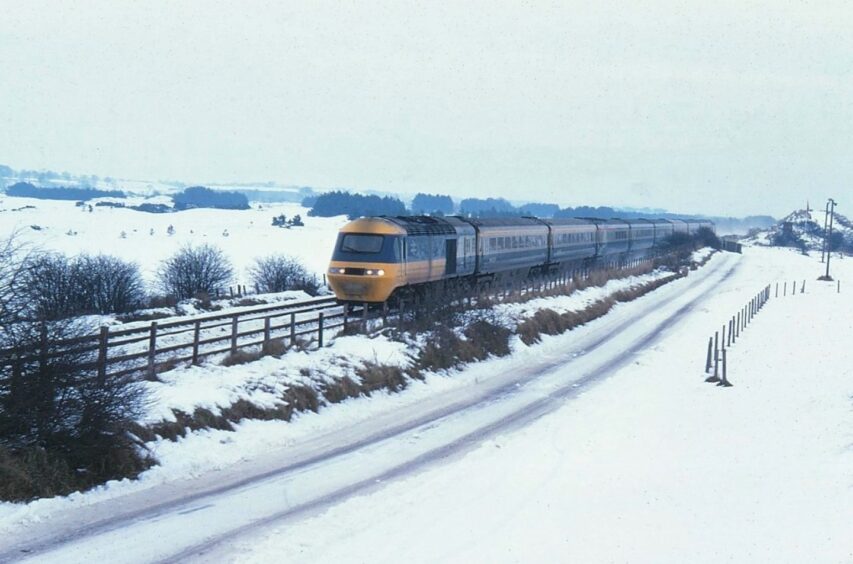
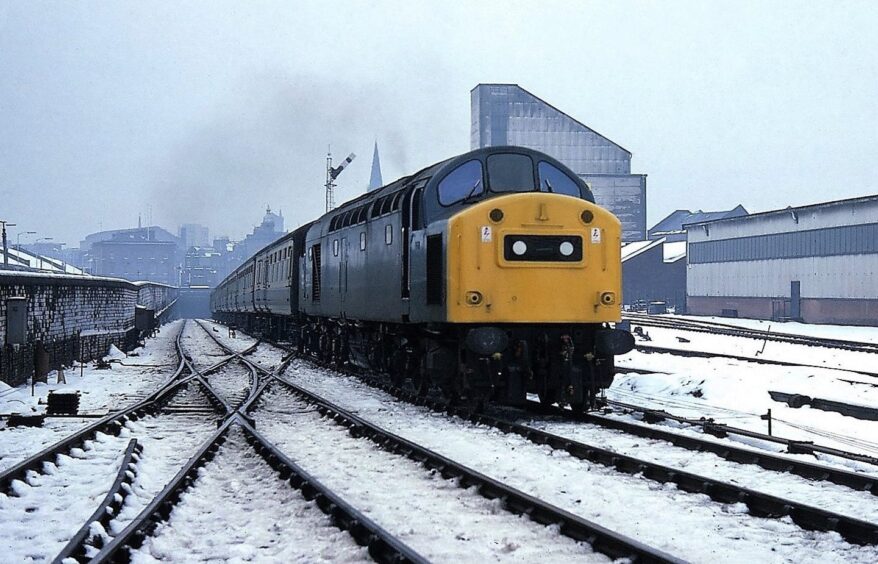
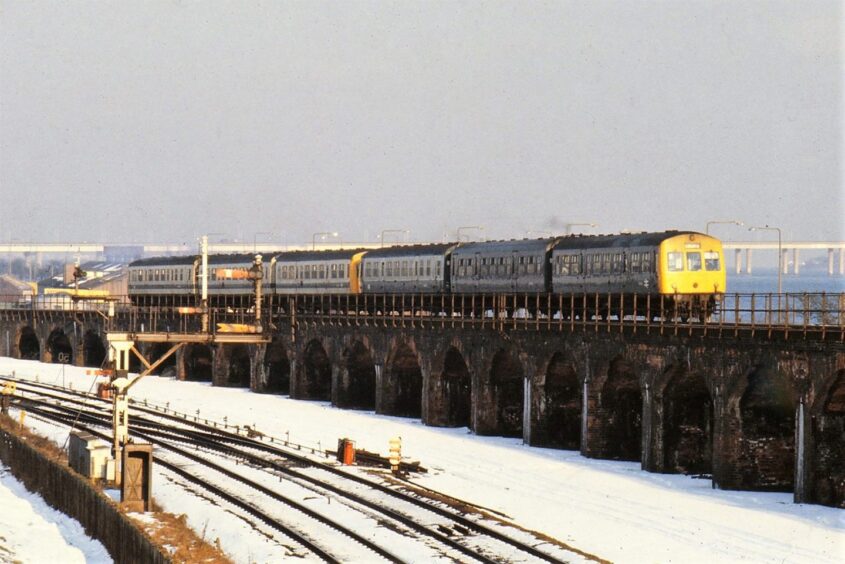

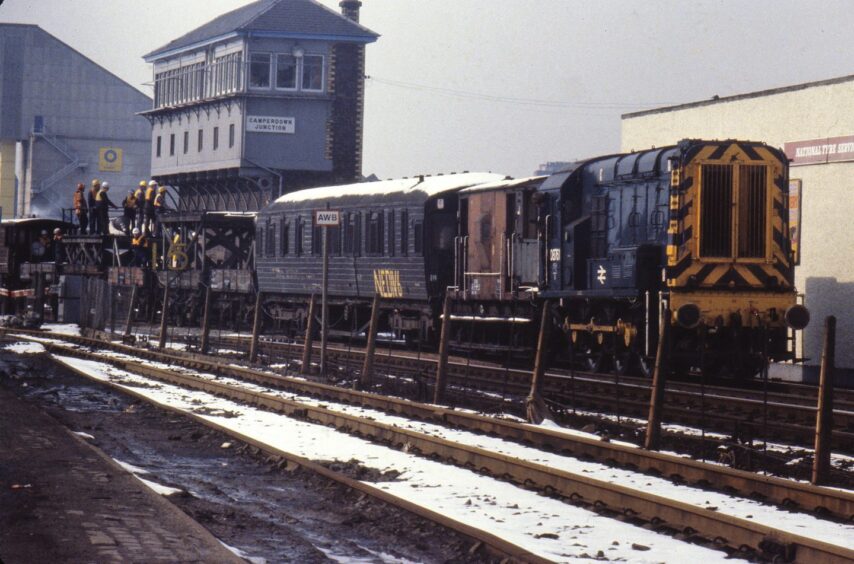
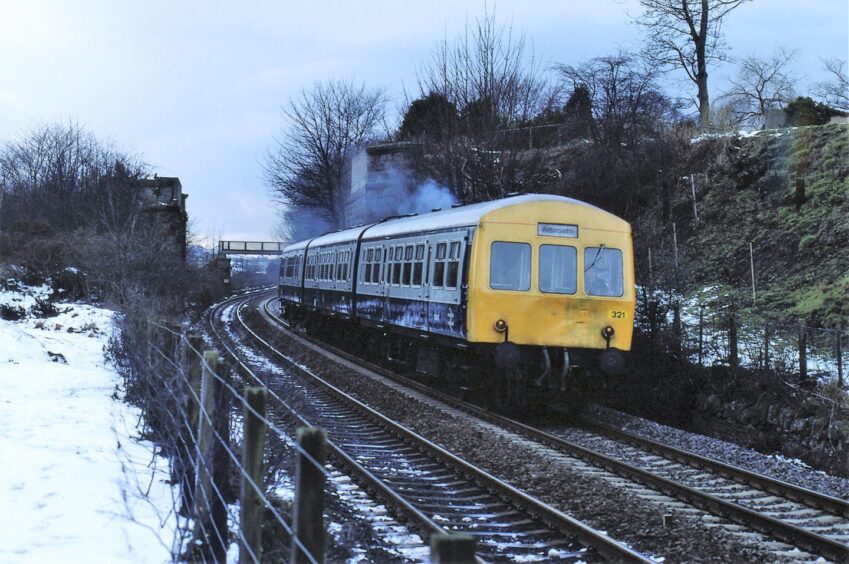
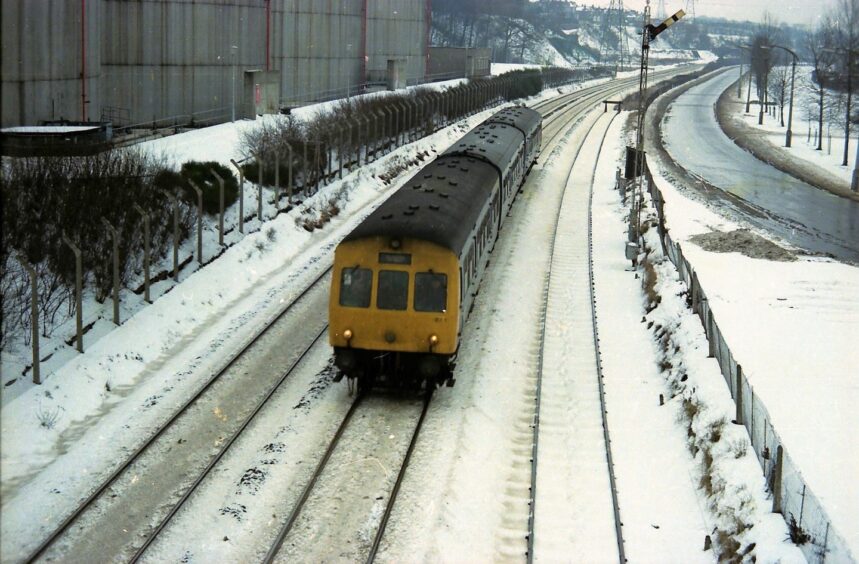
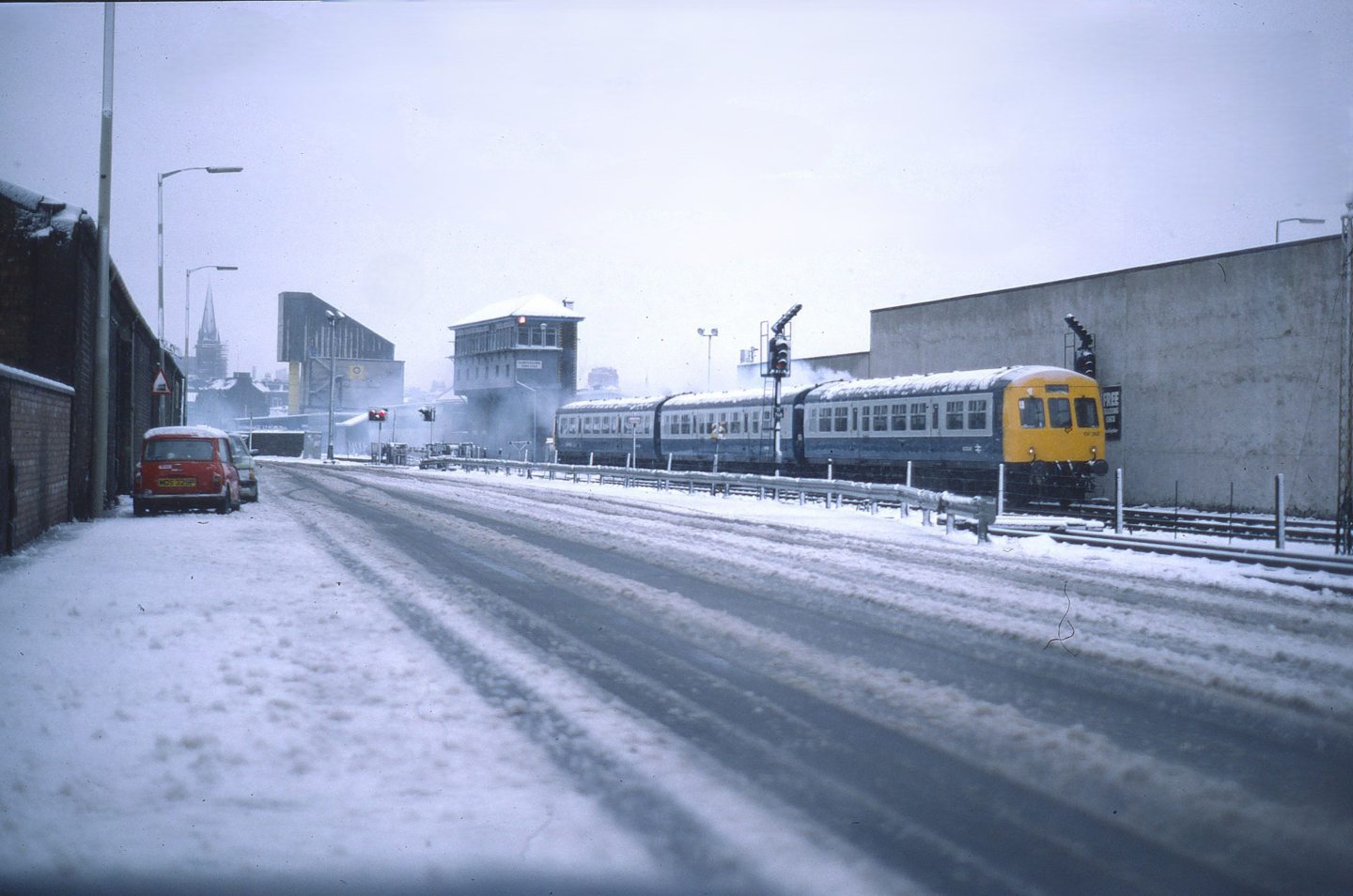
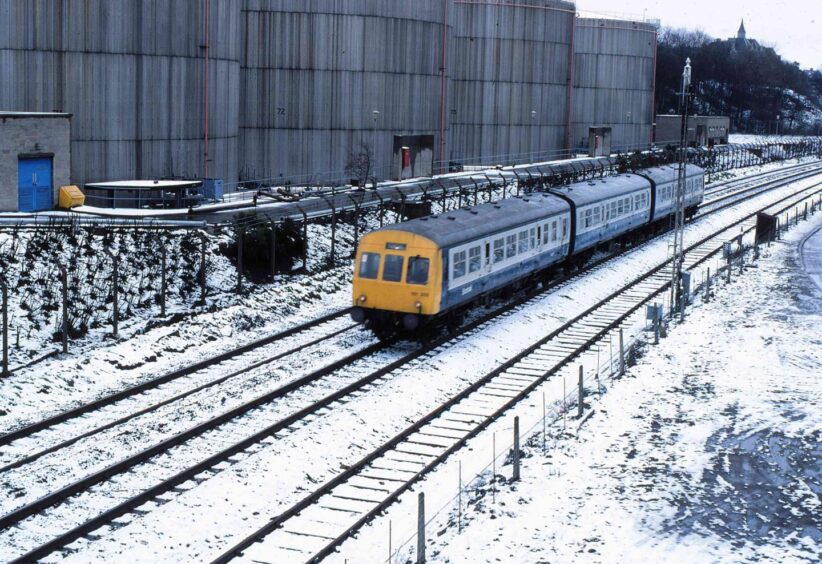
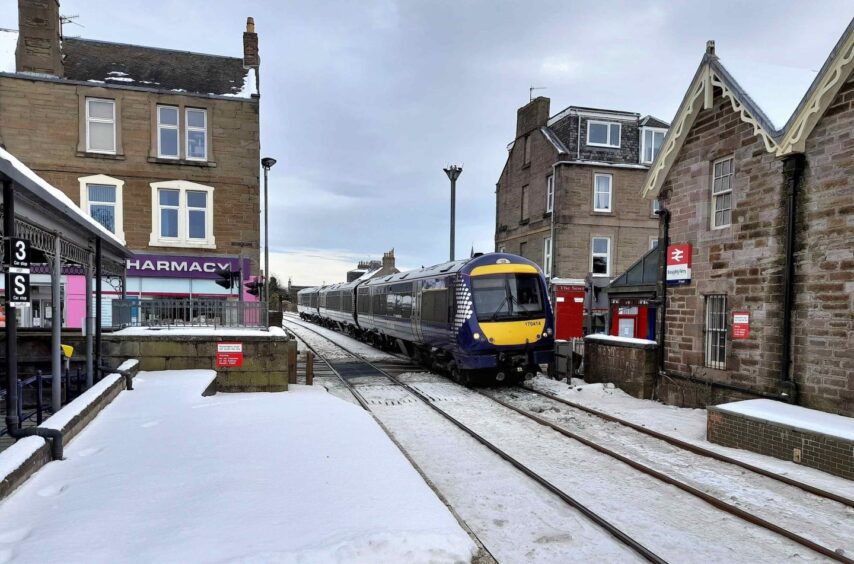
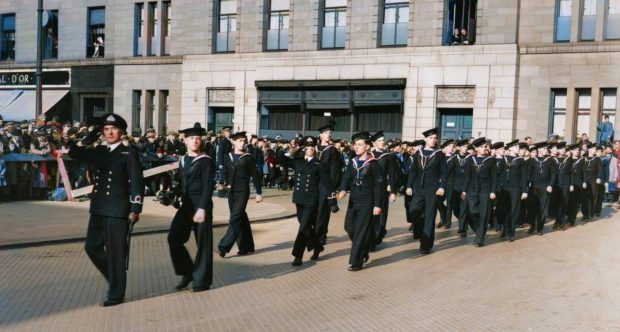
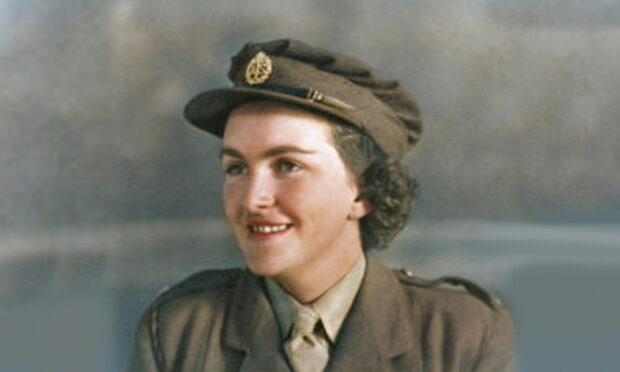
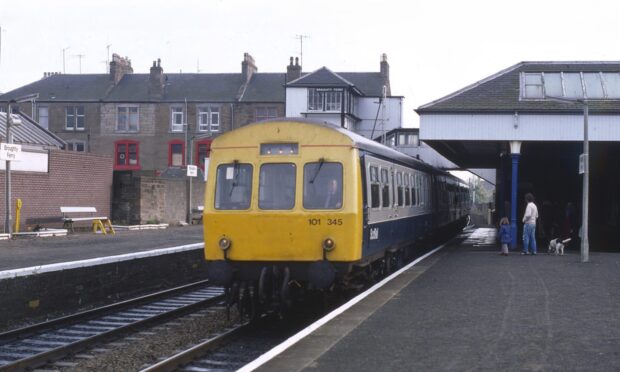
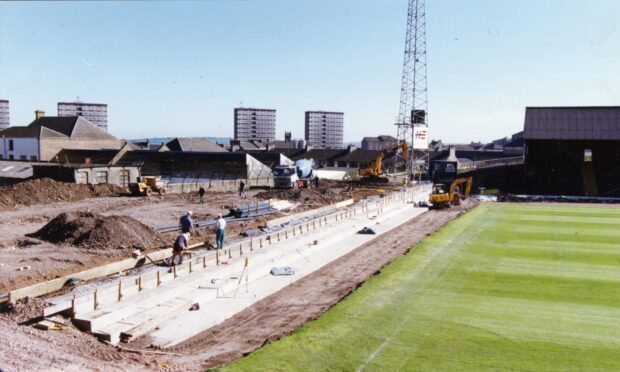
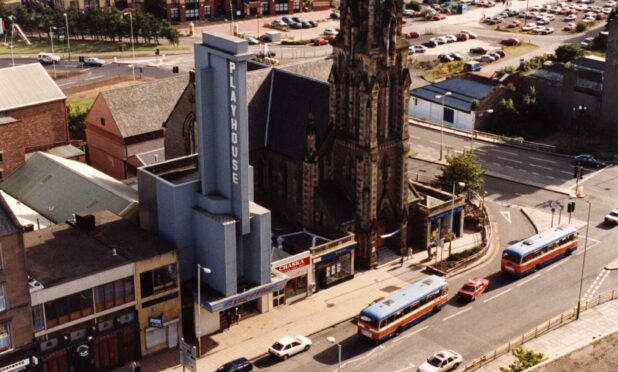
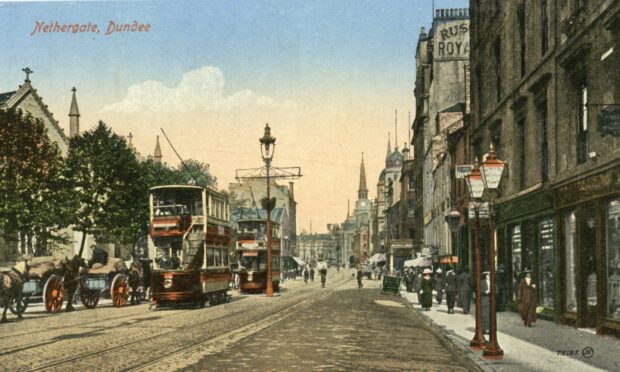
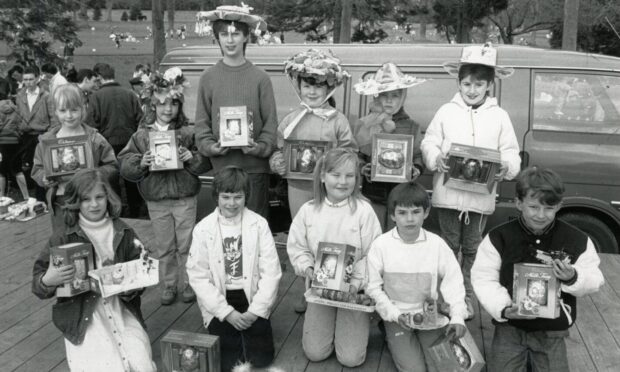
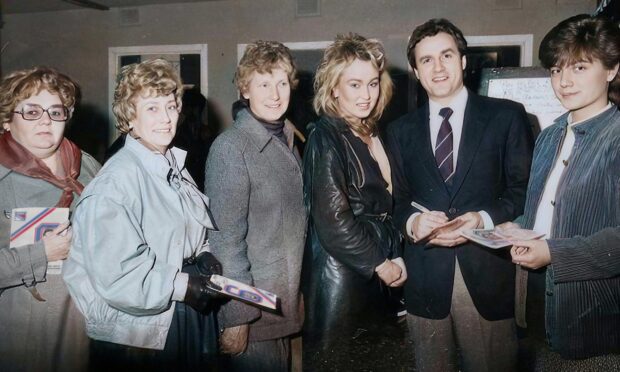
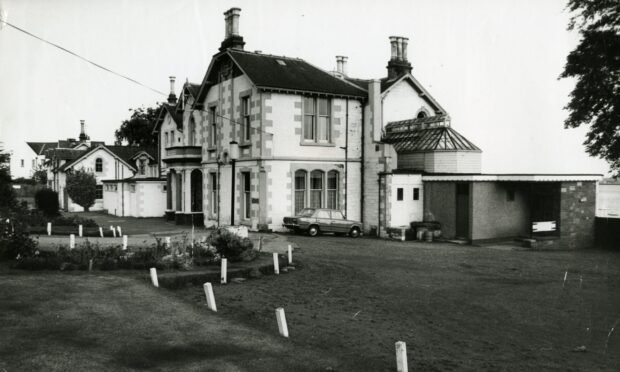
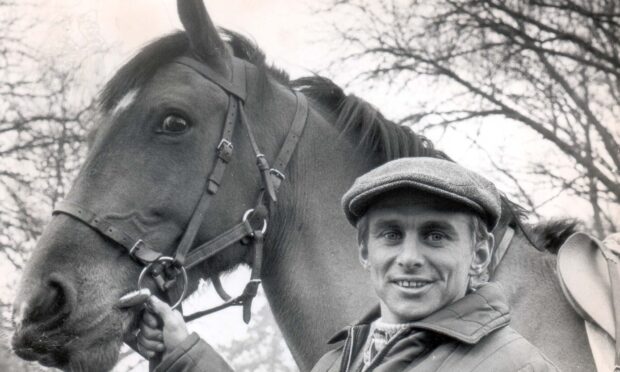
Conversation